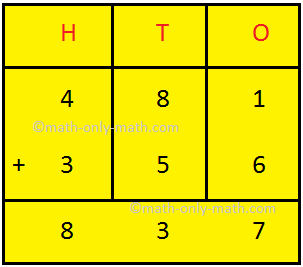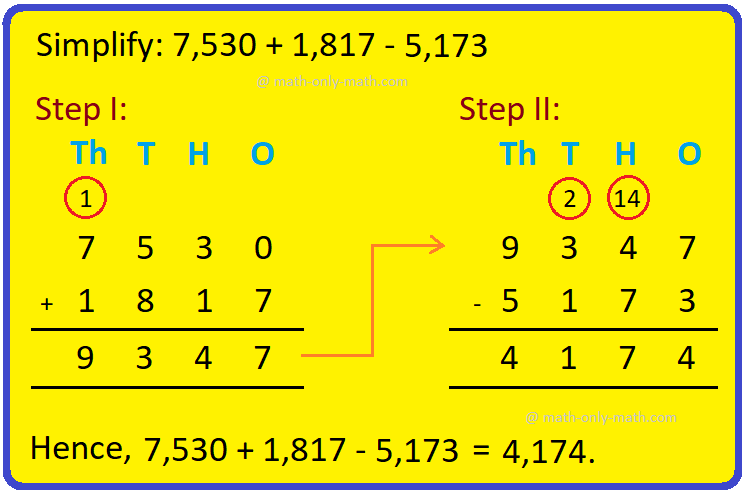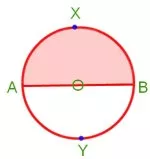Subscribe to our YouTube channel for the latest videos, updates, and tips.
Introduction of Complex Numbers
The introduction of complex numbers plays a very important role in the theory of numbers.
The equations x2 + 5 = 0, x2 + 10 = 0, x2 = -1 are not solvable in the real number system i.e, these equations has no real roots.
For example, i is the solution of the equation x2 = -1 and it has two solutions i.e., x = ± i, where √-1.
The number i is called an imaginary number. Generally, the square root of any negative real number is called imaginary number.
The concept of imaginary numbers was first introduced by mathematician “Euler”. He was the one who introduced i (read as ‘iota’) to represent √-1. He also defined i2 = -1.
Definition of Complex number:
A complex number z is defined as an order pair of real numbers and is written as z = (a, b) or, z = a + ib, where a, b are real numbers and i = √-1.
In other words, in an ordered pair (a, b) of two real numbers a and b is represented by the symbol a + ib (where i = √-1) then the order pair (a, b) is called a complex number (or, an imaginary number).
Example of complex number:
3 + 2i, -1 + 5i, 7 – 2i, 2 + i√2, 1 + i, etc. are all complex numbers.
Real and imaginary part of a complex numbers:
According to the definition if the complex number (a, b) be denoted by z then z = (a, b) = a + ib (a, b ϵ R) where a is called the real part, denoted by Re(z) and b is called imaginary part, denoted by Im (z).
In other words, in z = a + ib (a, b ϵ R), if a = 0 and b = 1 then z = 0 + i ∙ 1 = i that is, i represents the unit of a complex quantity.
For this reason, the real number a is called the real part of the complex number z = a + ib and b is called its imaginary part.
In z = a + ib (a, b ϵ R), if b = 0 then z = (a, 0) = a + 0 ∙ i = a, (which is a real part) i.e., the complex number (a, 0) represents purely real number.
Again, in z = a + ib (a, b ϵ R), if a = 0 and b ≠ 0 then z = (0, b) = 0 + ib = ib which is called purely imaginary number
Therefore, a complex number z = a + ib (a, b ϵ R), reduces to a purely imaginary number when a = 0.
Equality of two complex numbers:
Two complex number z1 = a + ib and z2 = c + id
Two complex numbers z1 = (a, b) = a + ib and z2 = (c, d) = c + id are called equal, written as z1 = z2 if and only if a = c and b = d
In general, when real and imaginary parts of one of the complex number are respectively equal to the real and imaginary parts of the other complex number then they are equal.
For example, if the complex number z1 = x + iy and z2 = -8 + 3i are equal, then x = -8 and y = 3.
Note: Ordered pairs (a, b) and (b, a) represent two distinct complex numbers when a ≠ b.
11 and 12 Grade Math
From Introduction of Complex Numbers to HOME PAGE
Didn't find what you were looking for? Or want to know more information about Math Only Math. Use this Google Search to find what you need.
Recent Articles
-
5th Grade Circle Worksheet | Free Worksheet with Answer |Practice Math
Jul 10, 25 11:41 AM
In 5th Grade Circle Worksheet you will get different types of questions on parts of a circle, relation between radius and diameter, interior of a circle, exterior of a circle and construction of circl… -
Construction of a Circle | Working Rules | Step-by-step Explanation |
Jul 09, 25 01:29 AM
Construction of a Circle when the length of its Radius is given. Working Rules | Step I: Open the compass such that its pointer be put on initial point (i.e. O) of ruler / scale and the pencil-end be… -
Combination of Addition and Subtraction | Mixed Addition & Subtraction
Jul 08, 25 02:32 PM
We will discuss here about the combination of addition and subtraction. The rules which can be used to solve the sums involving addition (+) and subtraction (-) together are: I: First add -
Addition & Subtraction Together |Combination of addition & subtraction
Jul 08, 25 02:23 PM
We will solve the different types of problems involving addition and subtraction together. To show the problem involving both addition and subtraction, we first group all the numbers with ‘+’ and… -
5th Grade Circle | Radius, Interior and Exterior of a Circle|Worksheet
Jul 08, 25 09:55 AM
A circle is the set of all those point in a plane whose distance from a fixed point remains constant. The fixed point is called the centre of the circle and the constant distance is known






New! Comments
Have your say about what you just read! Leave me a comment in the box below. Ask a Question or Answer a Question.